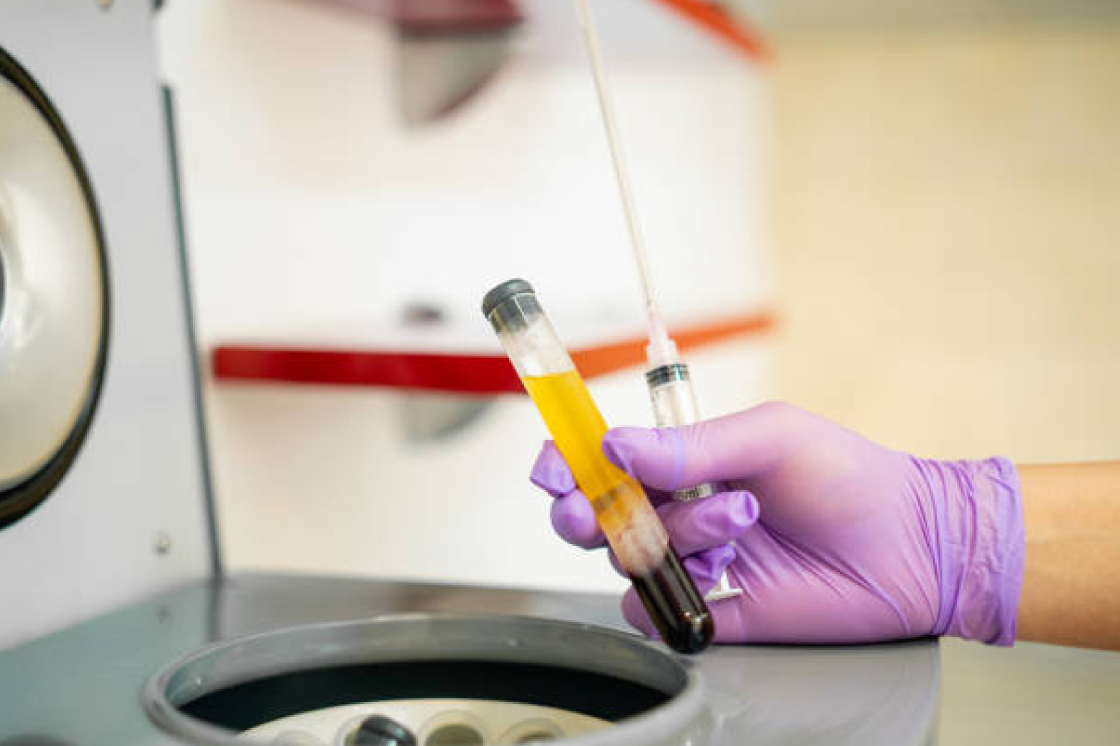Despite being rather simple, PRP extraction has been shrouded with debate on the reliability of the methods for the past decade. We are going to help clear up the debate by providing information on choosing the best PRP kit.
Using a kit is in itself vital to the creation of PRP. While it is possible to draw blood into a test tube and put it through a centrifuge and claim it is PRP, it’s otherwise ineffective. This is what is known as “bloody PRP,” and it might hold 1.5x the amount of blood platelets if you’re lucky, but it will also contain a ton of red and white blood cells. Because of this, this ineffective form of PRP can potentially cause flare ups after injection.
However, if you use a kit, that concentration of platelets can be as high as 5-7 times the baseline.
What Makes A PRP Kit Good?
This concentration of 5-7 times is vital for PRP to work, and kits allow you to choose whether or not you want to keep in the red and white blood cells, or whether you don’t. Each one would work on different ailments. However, some commercial kits may not deliver what you may want in your PRP, so it is good to know the difference between the kits.
1. Gel Separators
Gel separators is pretty much just a test tube with some gel on the bottom. This gel is able to separate the blood from the platelets due to osmosis. The main issue is that when the test tube goes through the centrifuge, most of the platelets will also be caught by the gel as well. This will wind up with 1.5 times concentration of platelets at most, but it does take out the white and red blood cells as well, so that’s a plus.
2. Buffy Coat
The kits that allow you to see a buffy coat are most likely to give you concentrations of 5-7 times. A buffy coat is a thin layer that is formed between the blood and the plasma after being in a centrifuge. This is mainly just platelets and white blood cells, with plasma on top, and packed blood underneath.
After this, you have to be able to separate the bufy coat from the red blood cells without contamination. This will help you to get PRP with less than 10% red blood cells.
3. Buffy Coat with a Double Spin
The third and final type utilize a buffy coat which is devoid of red blood cells. This is the best kit on the market, because what you do is after separating the PRP from the red blood cells, you spin it again to further get rid of the red blood cells and to concentrate the platelets even more. After this, all that is needed to do is to separate the buffy coat, and this is PRP.
The Biosafe Kit
Although there are many kits that create PRP, the Biosafe kit has to be the best on the market. This is because it give you full control over the end product. Using this machine, you wind up with 10cc of usable product, which you can then double spin for that 5-7 times concentration. You can also choose whether or not you want some red blood cells in the finished product as well.
What is Leukocyte-poor PRP?
Leukocytes are otherwise known as White Blood Cells, and some researchers believe that they can be detrimental to PRP therapy. While there is no consensus as of yet, it is believed by many that these blood cells may trigger an inflammatory response, and even prevent growth factors from creating new cells.
However, some researchers believe that white blood cells are vital to a beneficial response. They believe that without these cells, you will be left with a lot of scar tissue at the site of healing. This Leukocyte-rich PRP also tends to have much more growth factors as well.
If you want to try leukocyte-poor PRP, you will need a Leukocyte Reduction filter, also known as an LR filter. These filters use electrostatic attraction to separate the white blood cells from the rest of the PRP. Although some filters can get clogged, a CIF-LR filter will be able to prevent that and filter out 99.99% of white blood cells.
There Is Plenty Of Evidence To Back This Up
Many people are highly skeptical about PRP, and are willing to ignore it without tons of randomized double-blind studies. Ignoring that some of the things that they do in their practice is also not proven in this manner. Many refuse to even look at the evidence, including the long line of evidence since the 1970’s, ranging over 6000 scientific studies.
The best evidence is how much clients will pay for this despite not being covered by insurance. This shows without any doubt that something about this treatment must be working. As long as there are clients, Adimarket will be there to provide the equipment for practices.

